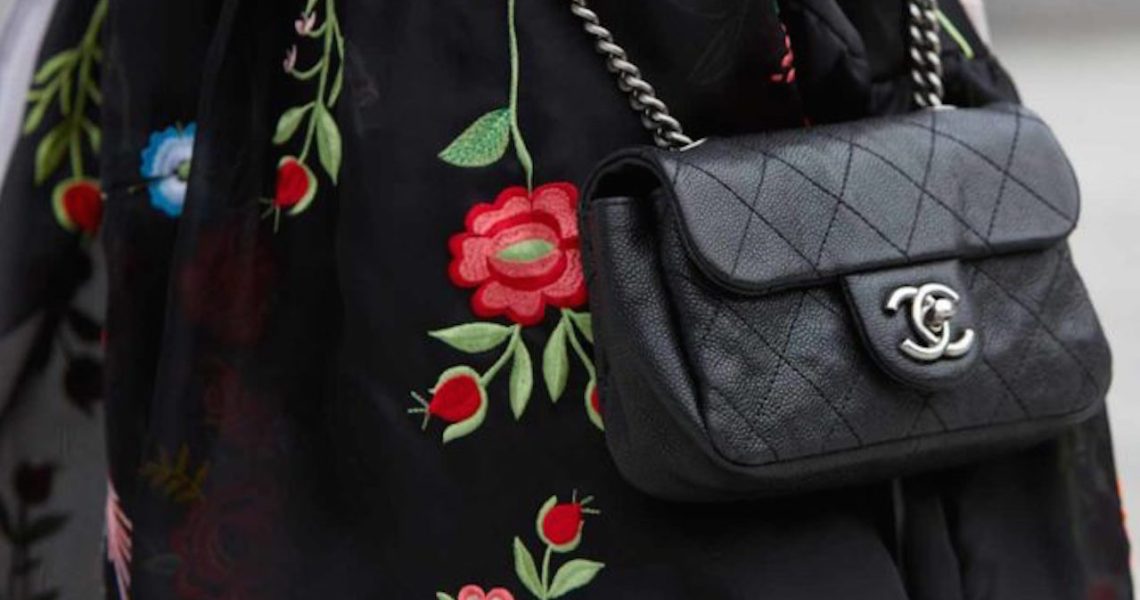Last week, luxury’s acquisition spree of manufacturers and suppliers continued, as did the run of new luxury stores opening. Meanwhile, Gap’s earnings showed that shipping costs are falling across the fashion and retail industries. Don’t forget to subscribe to the Glossy Podcast for interviews with fashion industry leaders and Week in Review episodes, and the Glossy Beauty Podcast for interviews from the beauty industry. –Danny Parisi, sr. fashion reporter
Luxury brands are rushing to acquire suppliers and manufacturers
On the Glossy Week in Review podcast this week, Glossy editor-in-chief Jill Manoff and I talked about vertical integration in the luxury space after Chanel and Brunello Cucinelli jointly took over half of an Italian yarn spinning mill.
Luxury is seeing somewhat of a gold rush in the manufacturing and supply chain space. In addition to Chanel and Cucinelli, Kering and Burberry acquired an eyewear manufacturer and an outerwear supplier, respectively, in March; LVMH took a controlling stake in a platinum supplier in April; and Only the Brave, the parent company of Maison Margiela and Diesel, acquired a leather goods supplier in May. And on Thursday, the Italian private equity firm Permira acquired a controlling stake of Gruppo Florence, a luxury manufacturing hub. The Fashion Law has been maintaining a running and updated list of all these acquisitions if you want to read a bit more about each one.
So what’s driving all these acquisitions? Here’s my theory: The ideal of vertical integration is that it’s costly upfront but saves money in the long run. And right now, luxury companies are flush with cash after several booming quarters globally, but they’re expecting things to slow down for the foreseeable future. LVMH had a record year in 2022, making more than $84 billion in revenue. It completed its acquisition of Platinum Invest Group in April, when luxury was booming, just before the forecasted slowdown began in May.
In other words, as the luxury market flattens out, brands are hoping the investments made during boom times will help soften the blow of lowered spending, particularly in areas like the U.S.
New luxury retail stores
Ad position: web_incontent_pos1
Speaking of luxury, a number of luxury brands opened new physical stores last week. Louis Vuitton opened its first store in the Hamptons on Friday. The Italian luxury furniture company Minotti announced that it would open 10 more stores around the world, and, also on Friday, Lafayette 148 opened a new store in Beverly Hills.
Physical retail has been making a comeback since the height of the e-commerce boom in 2021, and store formats are getting more varied. Louis Vuitton’s Hamptons store, for instance, is a seasonal model; it will close in September and return next summer.
Shipping costs are decreasing for fashion brands
There was a good sign for fashion’s supply chain problem in Gap’s earnings last week. On Thursday, the brand announced that, despite declining revenue, it had reduced its losses from $162 million last year to just $18 million this year. Gap attributed the surprisingly strong margins to a combination of intentional cost cutting, like layoffs, and the reduced costs of shipping and freight.
“We anticipate approximately 250 basis points of inflationary deleverage in the first half of the year, shifting to a tailwind of approximately 150 basis points of leverage in the back half as we benefit from improved commodity costs and ocean freight rates,” said Katrina O’Connell, Gap’s evp and CFO, on Thursday’s earnings call.
Ad position: web_incontent_pos2
Shipping costs, in general, have fallen as much as 85% this year, compared to the soaring prices that brands had to deal with in the last two years.




